Books on Street Art in Watson Library

Schildwächter, Jan P. and Britt Eggers, Street Art Hamburg. Hamburg: Junius, 2007
«Street Art. Graffiti. Tagging. When you enter the majestic Metropolitan Museum of Art, these may not be the first things that come to mind.»
Yet if you enter the Great Hall and make a left through the Greek and Roman galleries, you will find graffiti art. Below is a Greek water jar dating back to the third century b.c. According to this object's page on The Collection Online, there are graffiti markings on the shoulder that read "[The vase and ashes] of Hermokles of Chios."
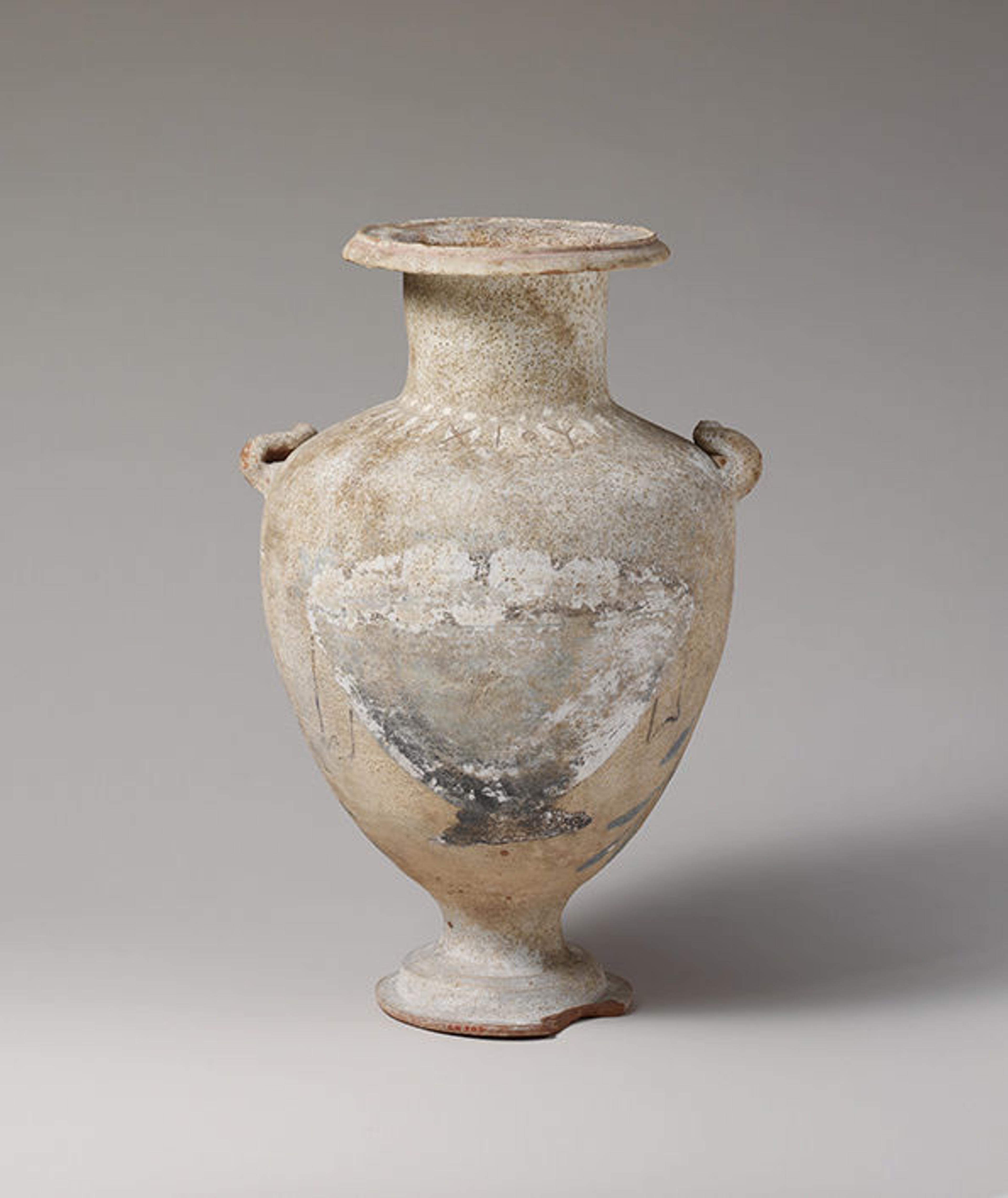
Terracotta Hadra hydria (water jar), 3rd century B.C. Greek, Hellenistic period. Terracotta; white-ground; 15 1/8 x 9 1/4 in. (38 x 24 cm). The Metropolitan Museum of Art, New York, Purchase, 1890 (90.9.60)
Or you could make a right in the Great Hall and head to the galleries of Egyptian art. Soon you will find yourself at the legendary Temple of Dendur.
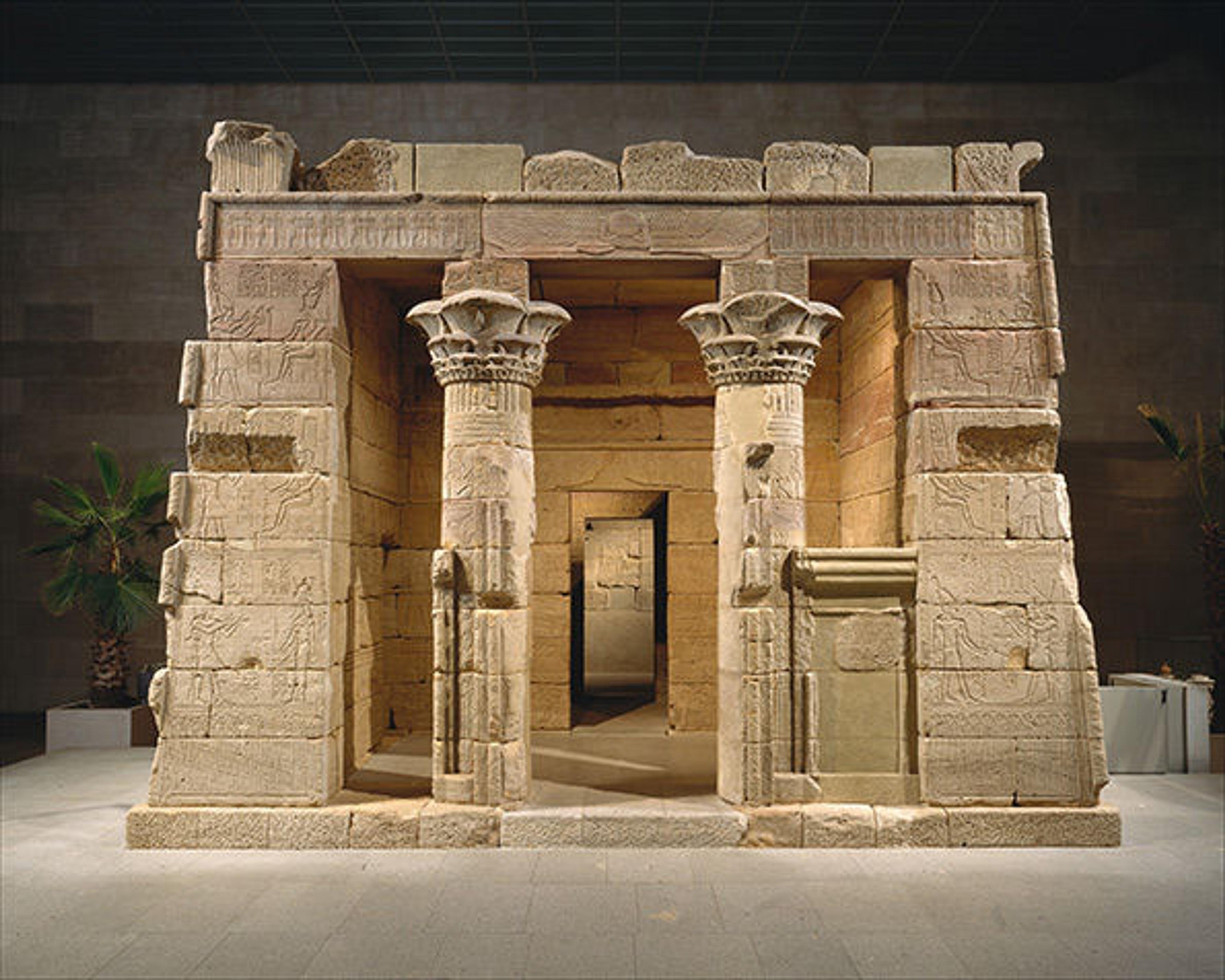
The Temple of Dendur, ca. 15 B.C. Egyptian, Nubia, Dendur. Aeolian Sandstone; Dimensions: L. from gate to rear of temple 24 m 60 cm (82 ft.). The Metropolitan Museum of Art, New York, Given to the United States by Egypt in 1965, awarded to The Metropolitan Museum of Art in 1967, and installed in The Sackler Wing in 1978 (68.154)
There are graffiti markings on the Temple of Dendur that have been identified as coming from as early as 10 b.c., and others that date from as late as 1874. You can read about these graffiti artists in a 1978 Metropolitan Museum of Art Bulletin, "The Temple of Dendur," currently available through MetPublications.

Aldred, Cyril. "The Temple of Dendur." The Metropolitan Museum of Art Bulletin, Vol. 36, No.1, Summer 1978, 59
Now stand in front of the vast Grand Staircase, turn left to walk through the Vélez Blanco Patio, and enter the Thomas J. Watson Library. While online resources for street art have increased over recent years with sites such as the Wooster Collective and the Google Street Art Project, Watson Library has been consistently growing its own street art collection. The importance of documenting street art is that, for the most part, it is not permanent. It can be taken down, painted over, or destroyed at any point, as was the case with the recent destruction of the famed Five Pointz in Long Island City, Queens. It is crucial that there is some sort of visual history of this artwork, and Watson Library's own collection includes an array of books on this subject.
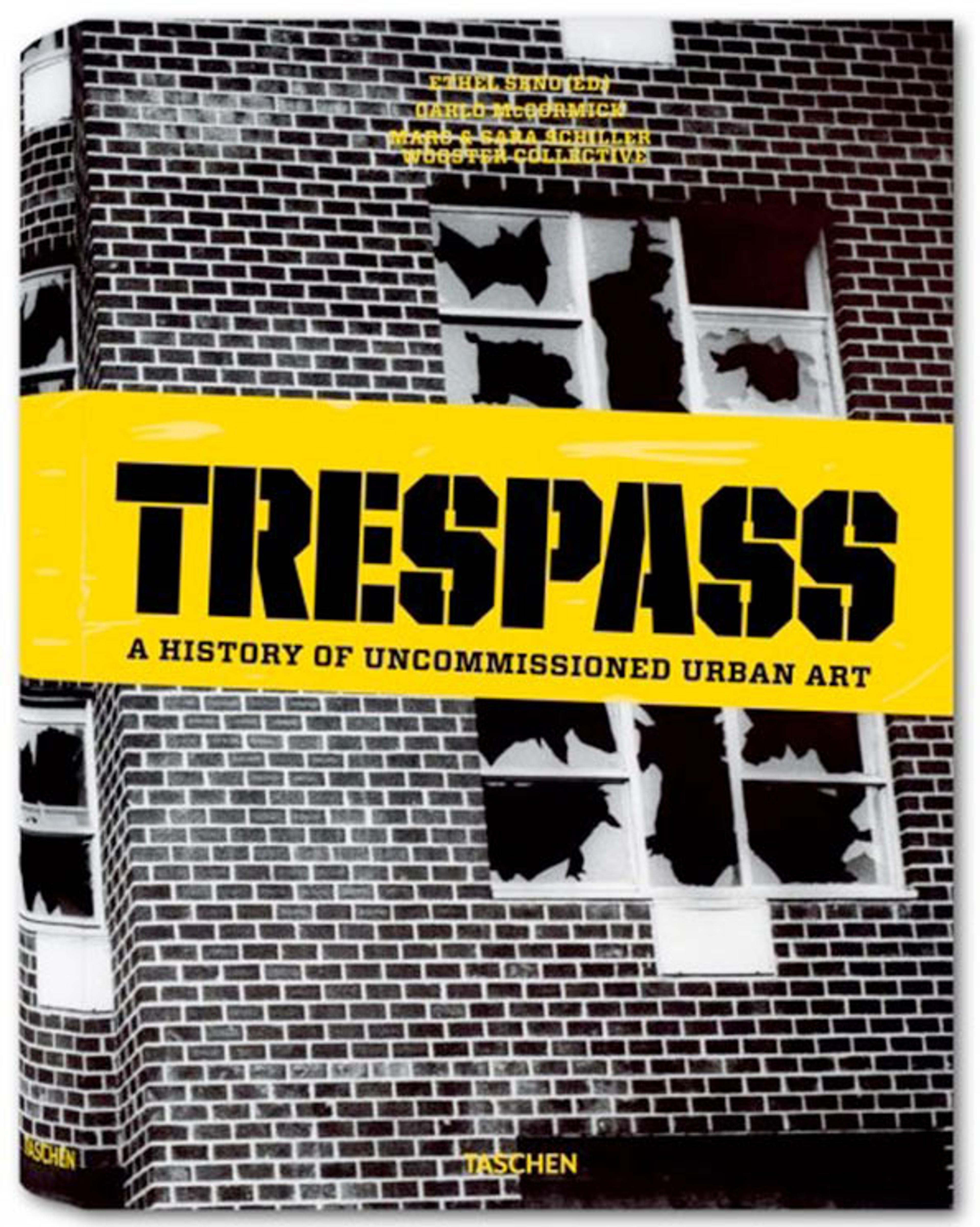
McCormick, Carlo, Marco Schiller, and Sara Schiller, Trespass: a History of Uncommissioned Urban Art, edited by Ethel Seno. Köln: Taschen, 2010
For instance, there are seminal "textbooks" on the history of street art like Trespass: A History of Uncommissioned Urban Art, a comprehensive history of past and present street art from around the world. Not only is it an impressive collection of images, but it also includes the participation of a number of visionary street artists. Among these are Marc and Sara Schiller—founders of the Wooster Collective, which curates and educates about street art—as well as renowned street artist Banksy.
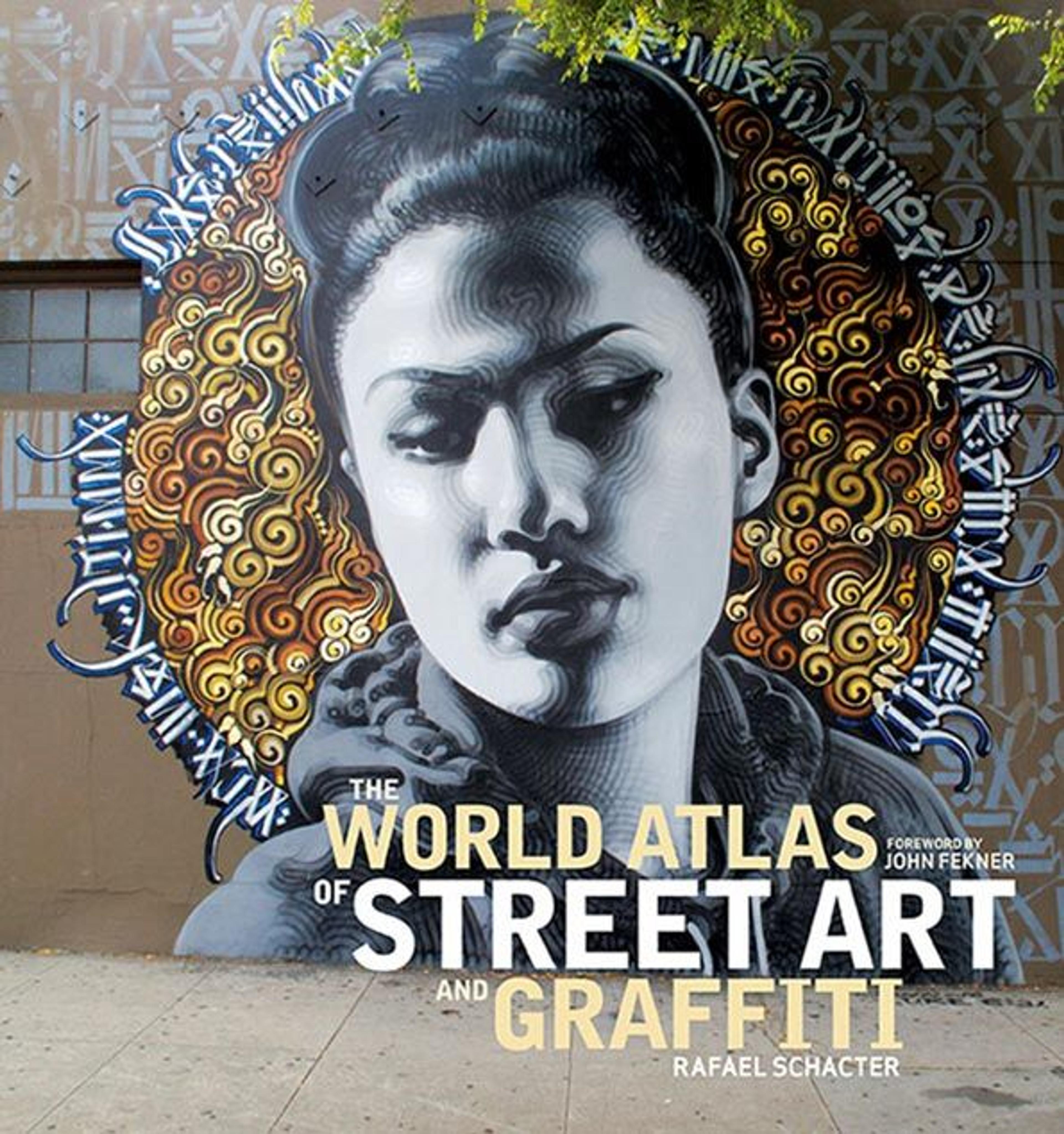
Schacter, Rafael, The World Atlas of Street Art. London: Quintessence, in association with Yale University Press, 2013
Rafael Schacter's The World Atlas of Street Art and Graffiti profiles artists from around the globe, combining these detailed biographies with vivid descriptions of their cities of origin and accompanying maps, truly living up to its title as an "atlas."
What sets Watson Library apart, however, is the attention to the innovators and conversation starters. Take a look at photojournalist Martha Cooper and her documentation of New York City graffiti during the 1970s and 1980s, for instance.

Cooper, Martha and Henry Chalfant, Subway Art. New York: Holt, Rinehart, and Winston, 1984
Witness the Egyptian Revolution in Walls of Freedom: Street Art of the Egyptian Revolution.
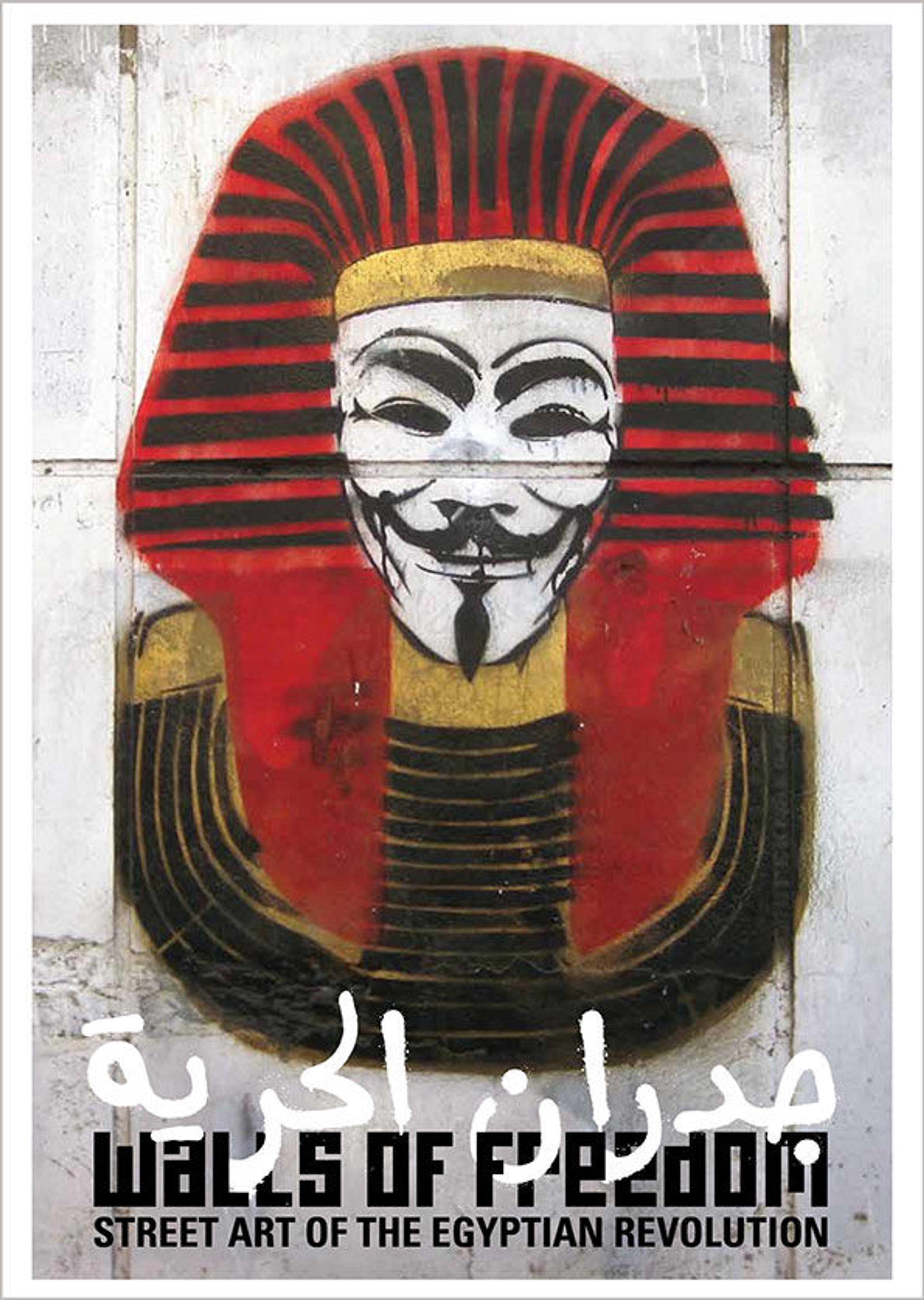
Hamdy, Basma and Don Karl, a.k.a. Stone, Walls of Freedom: Street Art of the Egyptian Revolution. Berlin, Germany: From Here to Fame Publishing, 2014
Explore the street art in Hamburg, Germany, in Street Art Hamburg, by Jan P. Schildwachter and Britt Eggers (pictured at the top of this post). In fact, Watson Library is the only art-research library in New York where you will find this book.
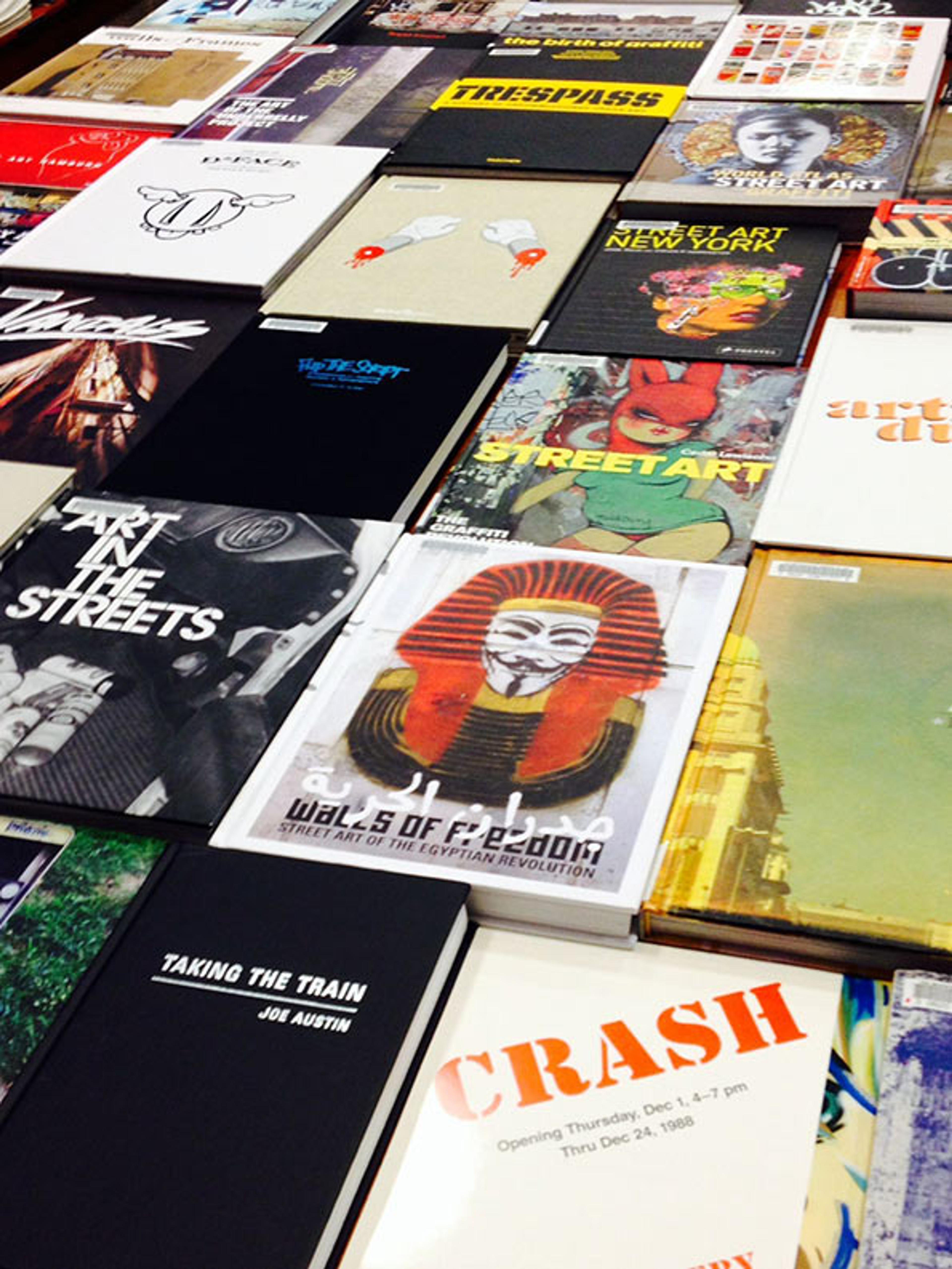
Only a sampling of the street art resources at Thomas J. Watson Library
These are just some of the highlights of Watson Library's street art collection. Learn the history, the controversy, and the social commentary that is street art through all of the resources at Watson Library. You can start by searching through our online catalog, WATSONLINE.
Jessica Cardona
Jessica S. Ranne Cardona is the assistant museum librarian for reader services in Thomas J. Watson Library.